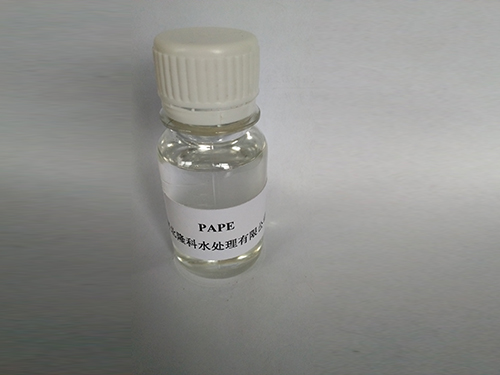pam flocculant
The Role of PAM Flocculant in Water Treatment and Environmental Management
Introduction
Polyacrylamide (PAM) is a synthetic polymer that has gained significant attention in various industries due to its remarkable flocculating properties. PAM flocculants are widely utilized in water treatment processes, soil stabilization, and even as additives in diverse industrial applications. This article explores the characteristics, applications, and environmental considerations associated with PAM flocculants.
Understanding PAM Flocculants
PAM is synthesized through the polymerization of acrylamide monomers, resulting in a high molecular weight polymer that can be tailored to suit specific applications. It exists in various forms, including anionic, cationic, and non-ionic types, each with distinct properties and functionalities. The choice of PAM type depends on the particular requirements of the treatment process, such as the characteristics of the pollutants, the nature of the water source, and the desired end results.
One of the defining attributes of PAM is its ability to enhance the settling of suspended solids in water. When introduced into a water body, PAM molecules bind to suspended particles, promoting their aggregation into larger flocs. This process not only aids in the removal of turbidity but also enhances the efficiency of filtration systems by reducing membrane fouling.
Applications in Water Treatment
PAM flocculants are particularly prevalent in municipal and industrial wastewater treatment facilities. In municipal settings, they play a critical role in managing wastewater by removing contaminants and ensuring that discharged water meets regulatory standards. The use of PAM improves sedimentation in primary and secondary clarifiers, thus facilitating more effective cleansing of wastewater.
pam flocculant

In industrial applications, PAM flocculants are used in processes such as mining, paper production, and food processing. In the mining industry, for example, they assist in dewatering slurries and enhancing ore recovery. In the paper industry, PAM contributes to the retention of fibers and fillers, promoting better paper quality. In food processing, PAM is applied for clarification of juice and other liquid products.
Soil Stabilization and Erosion Control
Beyond water treatment, PAM also plays a vital role in soil stabilization and erosion control. When applied as a soil conditioner, PAM helps bind soil particles together, thereby reducing erosion caused by water or wind. This application is especially beneficial in agriculture, where soil integrity is critical for crop production. The use of PAM in agricultural practices not only preserves soil quality but also enhances water retention, which is essential for sustainable farming.
Environmental Considerations
As effective as PAM flocculants are, their use raises environmental considerations. Concerns about the potential toxicity of acrylamide, a component of PAM, have prompted research into safe application methods and alternative materials. It is crucial that PAM flocculants are used in accordance with safety regulations and guidelines to mitigate any adverse effects on aquatic ecosystems.
Furthermore, biodegradable alternatives and more environmentally friendly flocculants are being developed to address the concerns associated with synthetic polymers. Ongoing research focuses on creating natural and effective flocculants derived from plant materials that can be used in place of PAM without compromising performance.
Conclusion
PAM flocculants have emerged as vital tools in the quest for efficient water treatment and environmental management. Their ability to effectively remove suspended solids and improve water quality makes them indispensable in various industrial applications. However, as environmental concerns continue to rise, the shift towards more sustainable practices is necessary. By balancing the benefits of PAM with environmental safety considerations, industries can contribute to a cleaner, healthier planet while still achieving their operational goals. As technology and research advance, the future of flocculants promises to be not only effective but also sustainable.
-
Pbtc Scale InhibitorPBTC: A Scale Protector for Industrial Water TreatmentNewsAug.05,2025
-
Organic Phosphonate: An Efficient Defender in the Field of Scale InhibitionNewsAug.05,2025
-
Hydrolyzed Polymaleic Anhydride: Green Pioneer in Scale Inhibition FieldNewsAug.05,2025
-
PAPEMP Polyamino Polyether Methylene Phosphonic Acid For SaleNewsAug.05,2025
-
Flocculant Water Treatment: A Pioneer in Purification in the Field of Water TreatmentNewsAug.05,2025
-
Benzyl Isothiazolinone: An Efficient and Broad-Spectrum Antibacterial Protective GuardNewsAug.05,2025





